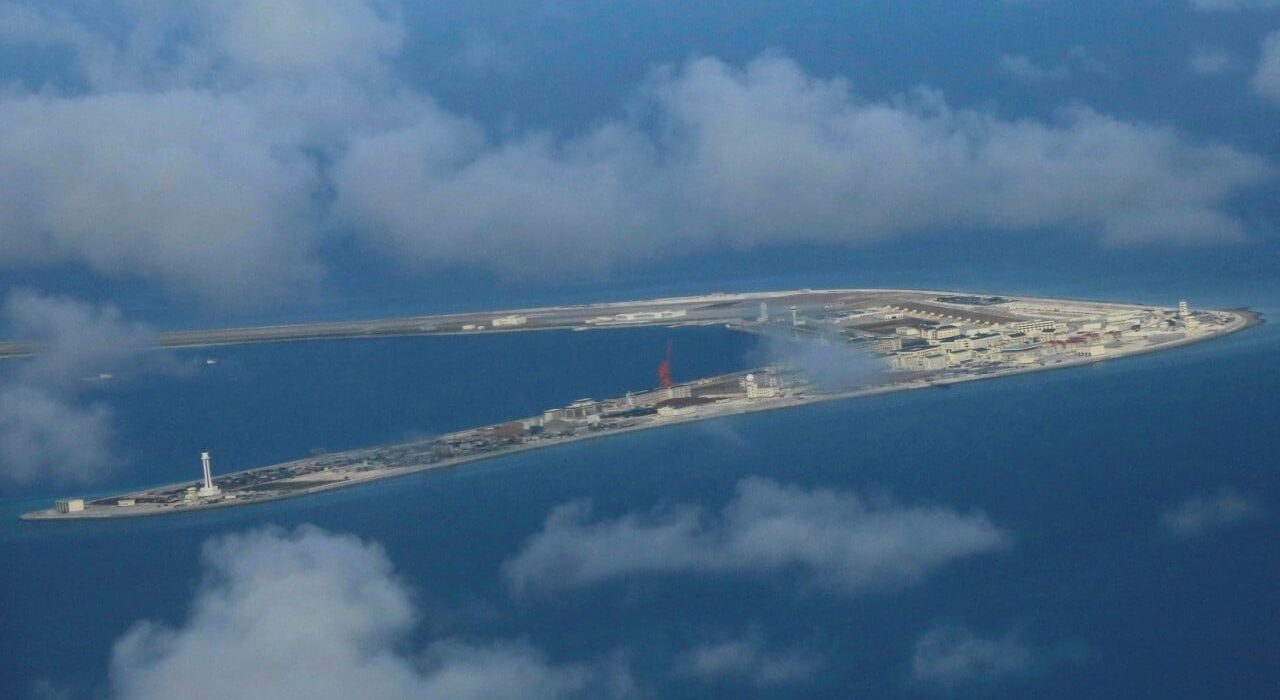In the heart of the South China Sea, a dramatic confrontation unfolded as Chinese coastguard vessels clashed with Philippine fisheries ships near the disputed reef of Sandy Cay. Tensions escalated as the Chinese coastguard accused the Philippine vessels of trespassing and engaging in provocative actions. The standoff centered on Sandy Cay, also known as Tiexian Jiao in China and Pulo ng Bailan in the Philippines, with its official name as Pagasa Cay 2.
The incident stemmed from the Philippine vessels landing personnel on Sandy Cay, ignoring warnings, and approaching a Chinese ship conducting routine law enforcement operations. The collision that ensued heightened the already strained relations between the two nations regarding territorial claims in the region. Chinese spokesperson Liu Dejun emphasized that the coastguard’s response was necessary to maintain control and handle the situation professionally and within legal bounds.
Sandy Cay, an unoccupied cluster of sandbars, holds strategic significance due to its proximity to Subi Reef, a crucial artificial island and military base for China in the South China Sea. This reef lies just a few kilometers away from Thitu Island, the largest Philippine-held base in the area. The clash at Sandy Cay underscores the ongoing territorial disputes and power struggles between China and the Philippines in this geopolitically vital maritime region.
Expert analysis suggests that such clashes reflect broader geopolitical trends in the South China Sea, where competing territorial claims have sparked numerous confrontations between regional powers. The strategic importance of controlling these reefs and islands lies in their potential military advantage and access to valuable marine resources. The escalating tensions between China and the Philippines not only impact the two nations but also have implications for regional stability and international maritime law.
As China asserts its dominance in the South China Sea through aggressive actions like deploying water cannon in clashes with neighboring countries, the global community watches closely. The implications of these territorial disputes extend far beyond the immediate parties involved, raising concerns about freedom of navigation, adherence to international laws, and the potential for military escalation in the region.
In conclusion, the clash at Sandy Cay serves as a poignant reminder of the complex interplay of interests and power dynamics in the South China Sea. As nations navigate competing claims and assert their presence in these disputed waters, the risk of further incidents remains high. The need for diplomatic solutions and adherence to established norms of behavior at sea becomes increasingly crucial to prevent conflicts that could have far-reaching consequences for regional stability and global security.
Originally reported by South China Morning Post
Read more at: https://www.scmp.com/news/china/diplomacy/article/3311517/china-deploys-water-cannon-spratlys-clash-philippines-over-sandy-cay?utm_source=rss_feed

